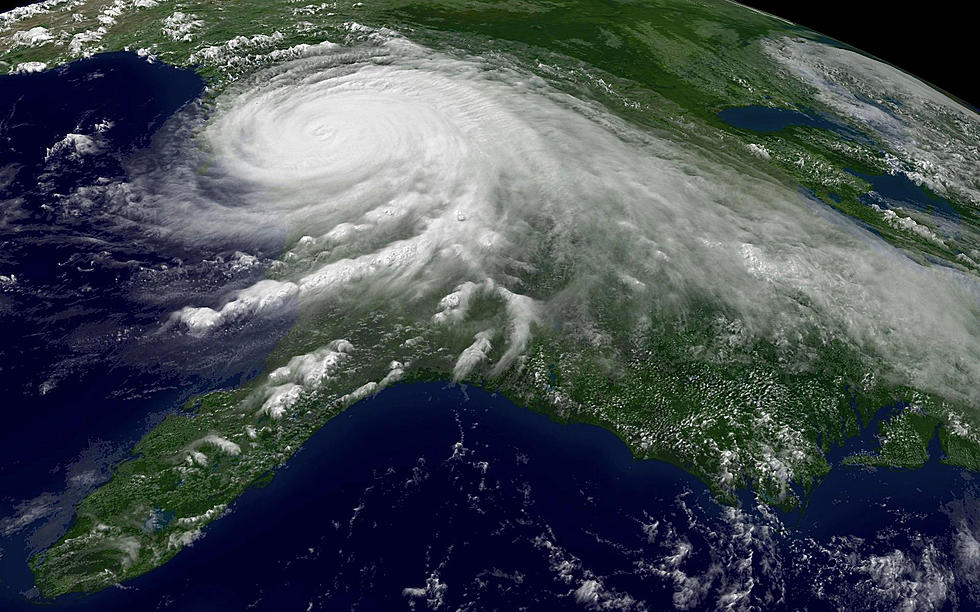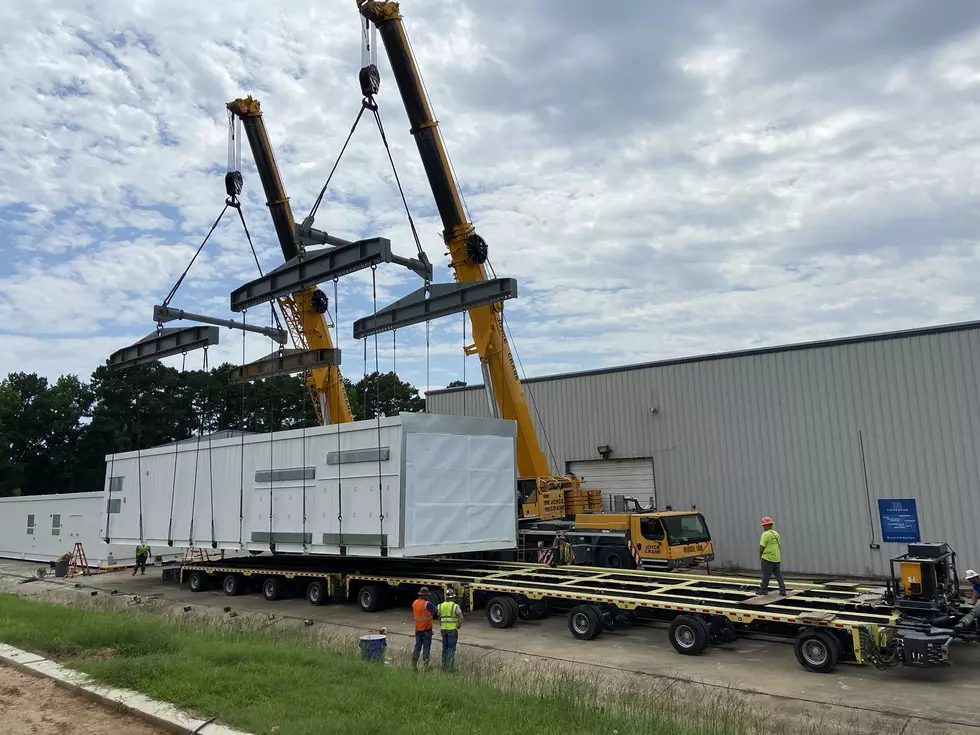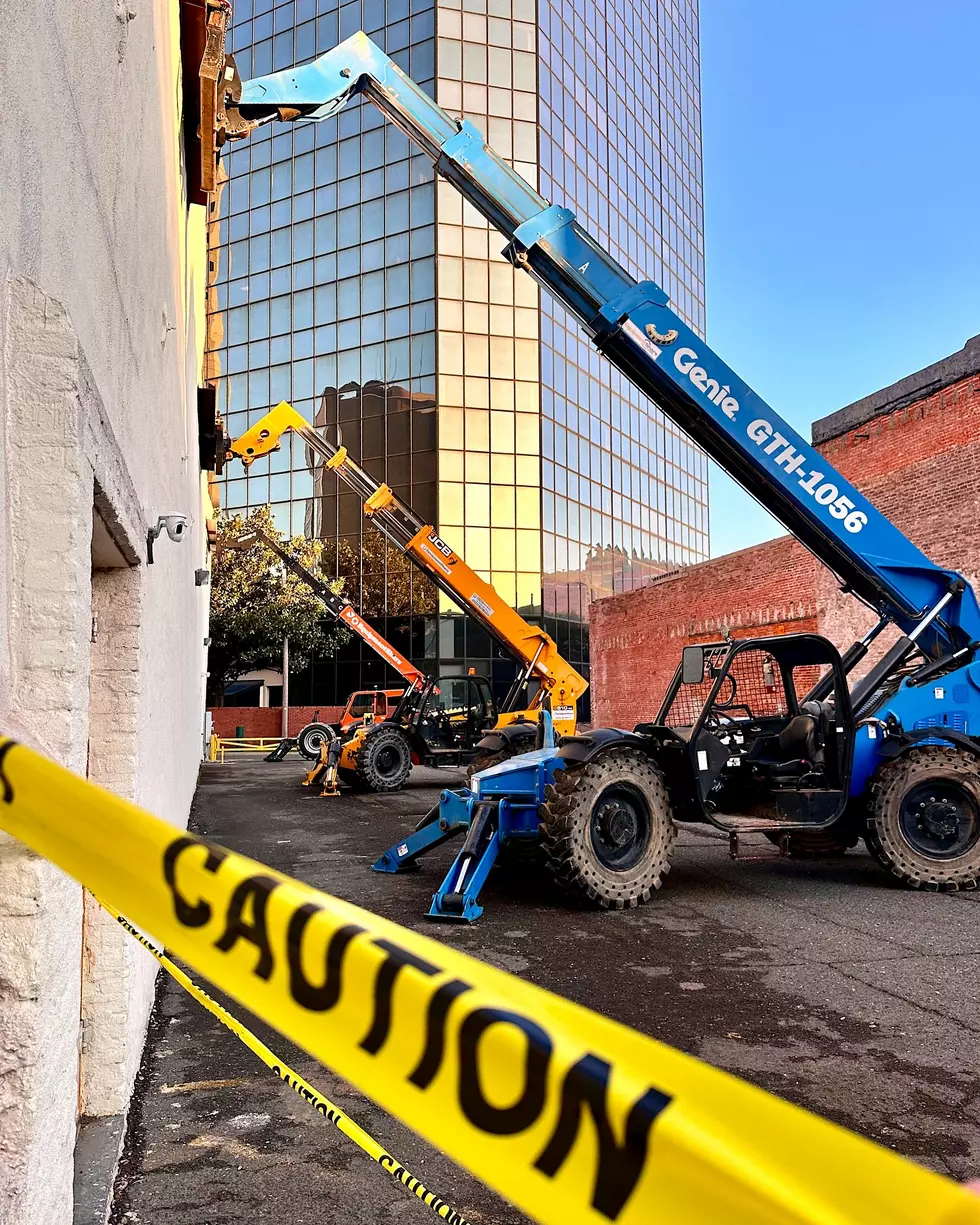
Costliest Hurricane Damage Ever, Adjusted For Inflation
You can't fault many Louisiana residents for feeling like this has been an easy Atlantic Hurricane Season. After the last few years of unprecedented hurricane seasons, with multiple major hurricanes making landfall in the same locations, going through the entire alphabet to names storms, and a hurricane sustaining itself as far north as Shreveport, this season has been comparatively quiet.
But its worth noting the season is far from over. There is still over a month until the end of the season on November 30th.
However, statistically speaking, Louisiana is past the peak of their hurricane concerns. Since the year 2000, there has only been one hurricane to impact Louisiana in the month of November. Which didn't make landfall in the state, and actually dropped to Tropical Storm levels by the time it approached Louisiana. That was in November of 2009, when Hurricane Ida scraped the Louisiana coast as a Tropical Storm.
But the reality of the situation is that it only takes one powerful storm to turn Louisiana upside down. We've seen it happen before. Add into that idea the fact that we've already seen all of the unprecedented hurricane activity over the last couple years, and it wouldn't be too unrealistic for a major hurricane to impact Louisiana in November.
If that were to happen, it may end up becoming one of the costliest hurricanes of all time. Due to the current state of inflation, and the ongoing supply chain issues caused by COVID related lockdowns, a major hurricane today could cost more than ever before.
Here is a look at the most expensive storms we've ever seen:
25 costliest hurricanes of all time
More From News Radio 710 KEEL









